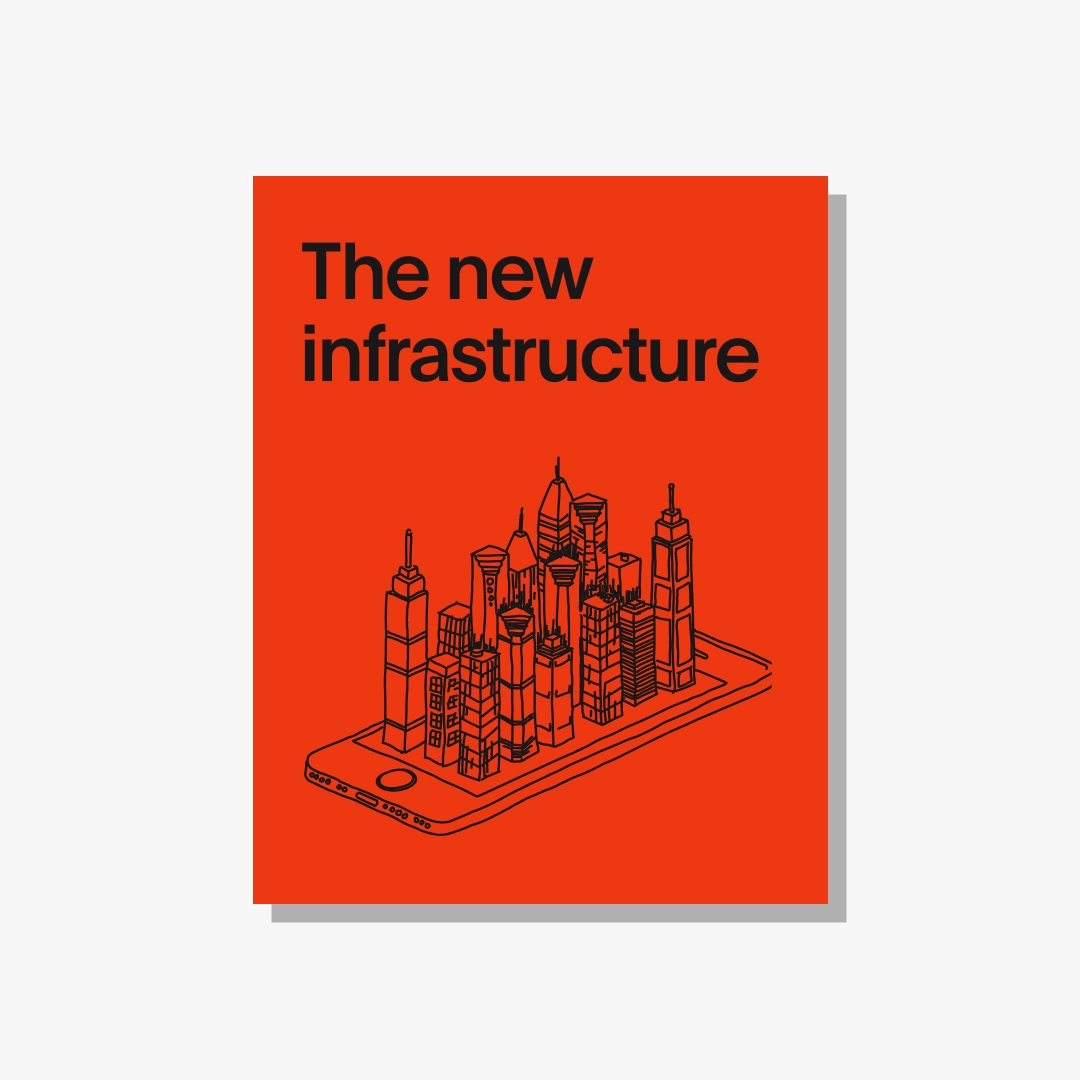Metrofitting or, to put otherwise, retrofitting at urban scale, is related to a systemic change of how we design and experience design in the city. This approach goes beyond the scope of just saving money and not wasting resources. It entails designers deciding how to redesign neighbourhoods and reuse the existing building stock based on a carefully planned risk assessment regarding weather-induced disasters (floods, fires, cyclones) and an evaluation of the present and future viability of existing city zones (Fry 2017). An (ideal) process would also include abandoning certain areas and flagging locations that should not be used for building and living purposes.
In Australia, we are yet to embrace the value of wholesale change. While ‘transition design’ and the ‘architecture of resilience’ are very popular talking points, they are usually about environmental certifications, vertical gardens, sharing facilities and urban farming. The discussion focuses mostly on the price of real estate, barriers to home ownership and commuting times and rarely on redesigning existing suburbs or rethinking the use of the structures that form part of the city’s fabric. In essence, climatic and sociocultural change don’t really play a role in choosing a block of land for development purposes.
Meanwhile, new housing developments are still popping up in coastal areas. It doesn’t take a science fiction scenario to imagine the impact of sea level rises. 4 out of 5 people affected by sea level rise will be in Asia, forcing governments in the region to change their strategy from fighting against global warming to finding ways to protect cities from being severely damaged.
On the flip side, another issue to consider is the cost of technological and design interventions. Repairing the urban fabric and improving energy efficiency need to be weighed against the cost in terms of energy, material waste and maintenance. The good news is that examples like the Preservation Green Lab shows buildings constructed before 1950 in the United States (and probably elsewhere in the developed world) can be unexpectedly energy efficient if maintained, providing a cost-effective alternative to using more resources in order to construct new environmentally appropriate buildings.
Metrofitting is not detached from everyday practices like commuting, working, shopping and going to school. It requires them to be reconfigured based on a new urban landscape, where people would need to adapt and accept the changes. This means the challenge is not just to redesign existing physical networks and structures but also our attitude to how we live and do things. Right now, we want stability and safety, economic prosperity and access to parks, shopping, fast internet and great coffee. We want to drive everywhere, be cool in summer and warm in winter. We want privacy, a backyard and to live in a community where we co-exist but do not co-depend. And unless there is a huge disaster, we are not willing to give up our chosen home and livelihood.
A scheme that could work?
Studies show that ‘top-down implemented practices’ might look great on paper but don’t really work when viewed within a local context. Potential options to enable change? Active collaboration between policymakers, stakeholders, designers and communities could identify realistic goals for what needs to change and how. Through stakeholder engagement and co-design practices we could devise a pathway to make retrofitting work, not only in relation to the urban fabric but also our individual responsibility to make change happen.
Saying this, there are many examples of when social need and people power have helped make change. In the 1970s, San Francisco’s ecological counterculture adopted a ‘minimum needs’ mentality. In the 1990s, Northern Vietnam agricultural cooperatives worked collectively to create infrastructure against natural disasters. And today, there are New Zealand’s intentional communities, San Francisco’s ecocommunities and Australia’s Nightingale Housing. All these examples provide blueprints and inspiration for social and cultural retrofitting that can help us adapt to a greatly needed modest, agile lifestyle.
Get a copy of a free report on how design can improve the user experience of our infrastructure to improve the way we work, live and play
